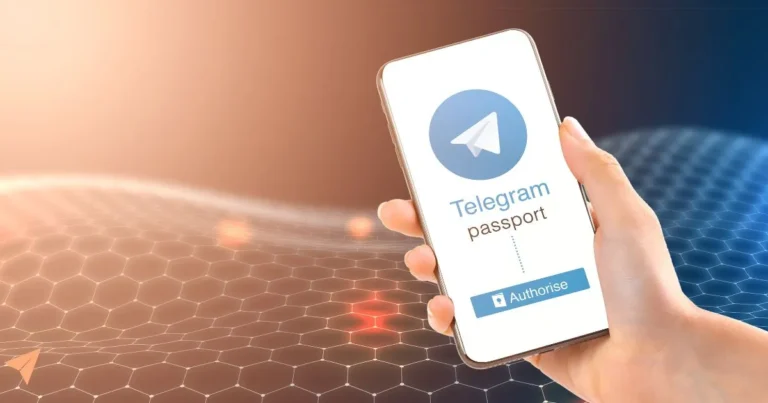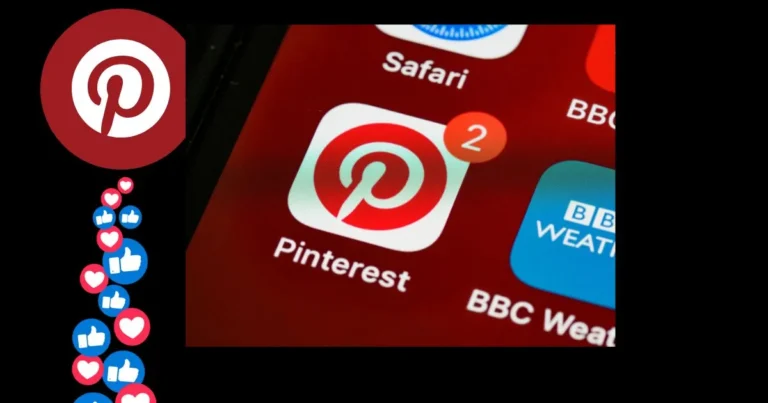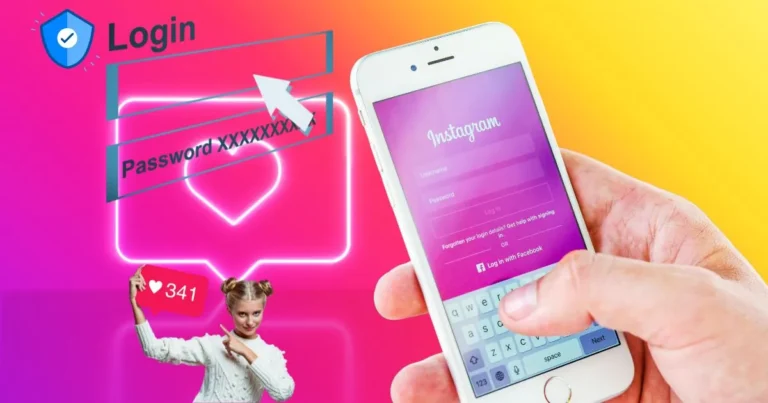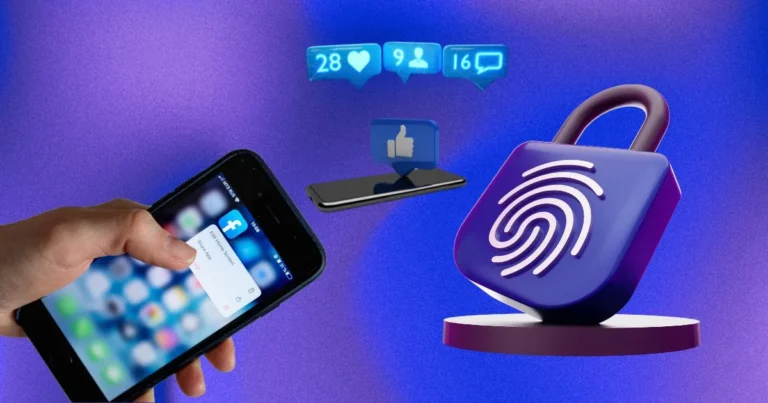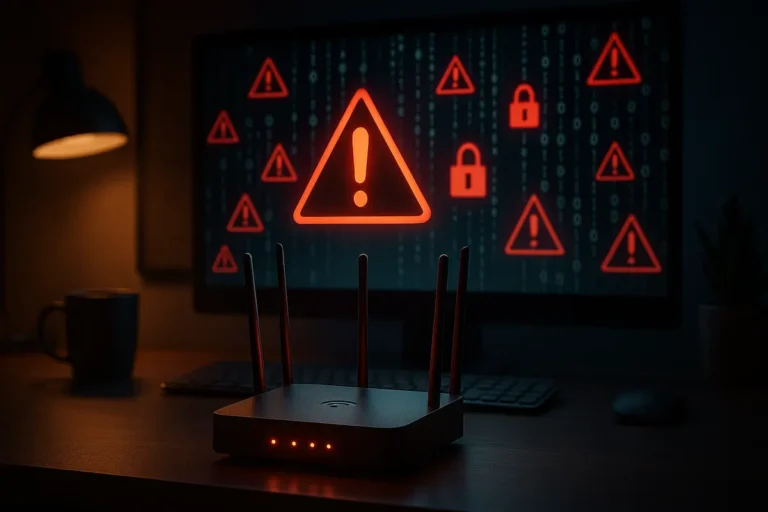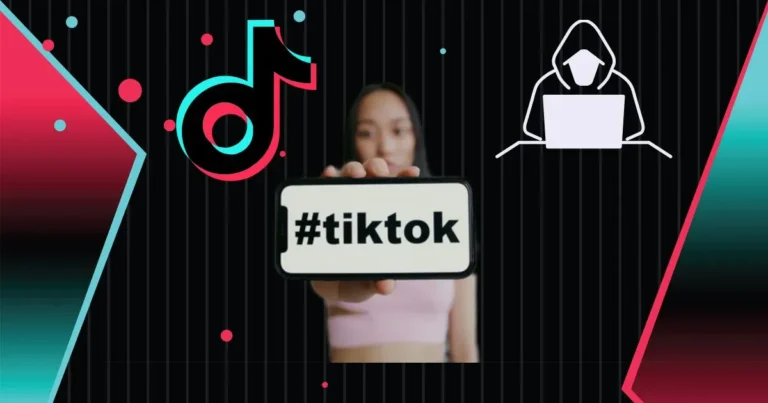Twitter Security: Stay Safe from Bots, Doxing & Trolls
Let’s face it: Twitter—uh, sorry, X (we’re still getting used to it too)—can feel like a mix of a digital town square and a dumpster fire. Between the memes, hot takes, and breaking news, lurk fake accounts, doxers, and trolls who think anonymity is a free pass to behave like digital goblins. But fear not! This Twitter security guide is your cybersecurity shield against the dark corners of X.
Table of Contents
Stay Safe on X: Your No-Nonsense Guide to Bots, Doxing, and Harassment
1. The Dangers Lurking on X: Twitter Security Threats
Twitter security is more important than ever. X is more than just a social platform. It’s a goldmine of personal information—not just yours, but also your followers’, your friends’, and even your professional connections. That makes it ripe for malicious activity like:
- Doxing: Publicly revealing private information like your address, phone number, or employer. It’s one of the most invasive forms of digital attack and can have real-world consequences.
- Harassment: Trolls, hate speech, or coordinated attack campaigns. Many users are subjected to psychological stress and even threats due to unmoderated harassment.
- Bots and Scams: Fake accounts that try to steal your data, push propaganda, or phish you with shady links. They’re more sophisticated now—some even have decent grammar.
Understanding these Twitter security risks is the first step to protecting yourself.
2. Twitter/X Security Basics: Improve Your Twitter Security
Update Your Password
You’d be surprised how many people still use “password123” or their dog’s name followed by their birth year. Let’s do better.
Use a strong, unique password. Mix uppercase, lowercase, numbers, and symbols. Avoid anything guessable or related to your personal life.
Pro Tip: Use a password manager like 1Password, Bitwarden, or LastPass to generate and store passwords securely.
Enable Login Verification (2FA)
Here’s how to turn on two-factor authentication (2FA) and boost your Twitter security:
- Go to Settings and privacy
- Select Security and account access > Security
- Tap Two-factor authentication
- Choose either Authentication app (recommended) or Text message
2FA ensures that even if someone steals your password, they still can’t access your account without the second code.
Hot Tip: Use an authenticator app like Google Authenticator or Authy. SMS can be hijacked via SIM swapping.
Use Strong Email Security
Your Twitter security is only as good as the email tied to your account. Make sure that email also has 2FA enabled. Better yet, use a dedicated email just for your social media accounts to minimize the risk of cross-account attacks.
3. How to Spot Bots and Scams on X: Twitter Security Tips
Bots are evolving, but they still leave a digital trail. Here’s how to spot them:
Red Flags of a Bot:
- Username with random numbers or letters like @James4928483
- No profile picture or a stolen stock image
- Low follower count, but thousands of tweets or retweets
- Repetitive replies or spammy comments under trending posts
- Overuse of emojis, hashtags, or identical messages
Common Twitter/X Scams:
- “You won a giveaway!” — Unless you entered something legit, you didn’t win anything. Often used to get personal data.
- Crypto pump-and-dumps: Fake crypto endorsements from verified-looking accounts (sometimes hacked).
- Phishing links: URLs that look like Twitter or news outlets but are designed to steal your credentials.
- Impersonation scams: Fake customer support accounts that DM you to “resolve an issue” but ask for sensitive info.
Rule of Thumb: If it looks too good to be true or makes you panic, it’s probably a scam. Don’t click; don’t reply.
4. Doxing and Harassment: Protecting Your Twitter Security
Minimize Personal Info
It’s tempting to share life updates, but oversharing can make you a target.
Don’t share:
- Your home address or neighborhood landmarks
- Your workplace or job title (especially if controversial or high-profile)
- Phone numbers
- Daily routines or travel plans in real-time
Privacy tip: If you’re posting a photo of your home or car, check for identifiable numbers or locations.
Lock Down Your Privacy Settings
Navigate to:
- Settings and privacy > Privacy and safety
- Disable Discoverability using email or phone number
- Limit who can reply to your tweets
- Mute words or hashtags that are triggering or commonly used in harassment
This reduces the chances of becoming a target in the first place.
Use Twitter’s Safety Tools
- Mute: Silences a user without notifying them. Great for low-level trolls.
- Block: Prevents all interactions. Use liberally.
- Report: Use this for abusive, threatening, or doxing behavior. The more reports, the faster X acts.
Screenshot and Document
If harassment escalates or turns into doxing:
- Take screenshots of all offensive or threatening posts
- Record dates and times
- Notify local authorities if necessary
- Consider contacting digital rights organizations like Crash Override or Cyber Civil Rights Initiative for support
5. Advanced Tips to Boost Your Twitter Security
- Encrypted Messaging: Use apps like Signal or ProtonMail for sensitive conversations instead of Twitter DMs.
- Check Suspicious Links: Use tools like VirusTotal.com to scan URLs.
- VPN: Hide your IP address with a virtual private network, especially on public Wi-Fi.
- Review Connected Apps: In your account settings, regularly audit third-party apps and revoke access to anything you don’t recognize.
- Avoid Public Wi-Fi Without Protection: If you’re tweeting from a café or airport, make sure you’re connected to a VPN.
6. Stay Informed and Strengthen Your Twitter Security
Social engineering is one of the most effective tactics for cybercriminals. They prey on emotion—urgency, fear, curiosity.
Follow trusted cybersecurity accounts on X like:
- @briankrebs (security researcher)
- @Cybersecurity (news updates)
- @EFF (Electronic Frontier Foundation)
Educate yourself on new scams, breaches, and vulnerabilities. Your best defense is awareness.
Also, don’t be afraid to take breaks. Mental health is part of your Twitter security too. Toxic environments wear you down and make you more susceptible to emotional manipulation.
Conclusion: Master Twitter Security Like a Pro
X isn’t inherently dangerous, but like any crowded public space, it has risks. It’s a place where anyone can be heard—and unfortunately, where anyone can also be targeted. But with a few proactive measures, some good digital hygiene, and a healthy dose of skepticism, you can take back control of your online experience.
Remember: Your Twitter security doesn’t have to be perfect. It just needs to be better than the average user’s. Stay smart, stay safe—and don’t feed the trolls.
Now go forth, tweet wisely, and may your mentions be ever peaceful.
FAQs
Q: What do I do if I’m being harassed on X? A: Block the user, mute replies, report them, and take screenshots. If threats escalate, report to law enforcement.
Q: Can X help me if I’m being doxed? A: Yes. X has a clear policy against sharing private information. Report the content immediately. If urgent, file a ticket directly.
Q: Is 2FA really necessary? A: 100% yes. It drastically reduces your risk of being hacked.
Q: Are all bots bad? A: No. Some are useful (like weather updates or news alerts), but always verify before interacting.
Q: How can I tell if a link is safe? A: Hover to preview the URL. If unsure, use VirusTotal or a secure sandbox environment.
Q: How do I remove old tweets that may reveal too much info? A: Use tools like TweetDelete or Jumbo Privacy to mass-delete tweets older than a certain date or containing certain keywords.


